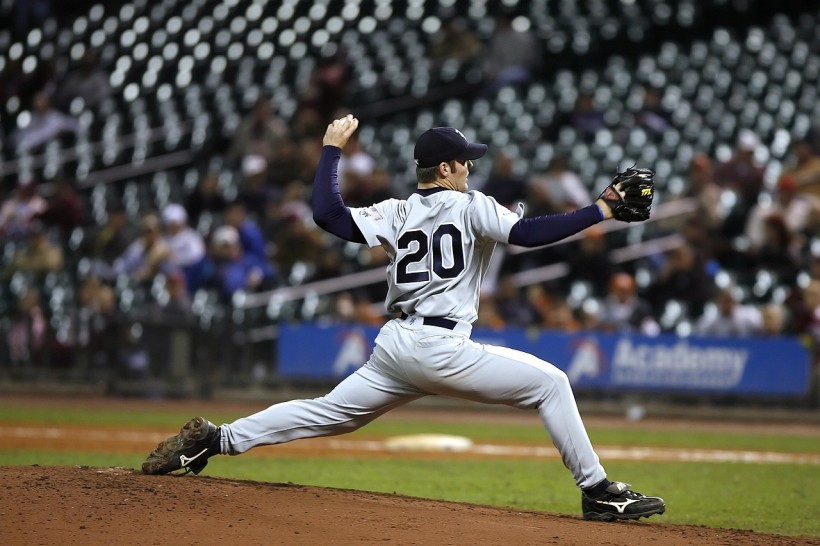What will happen when a ball is thrown on the Moon and other planets in the Solar System? How far will they go? NASA has shown in the past decades some videos of astronauts jumping onto the lunar surface due to the lack of gravity similar to Earth.
Now, astronomer James O'Donoghue did the math and made a video that shows what happens and how far a ball will reach when it is thrown at each planet, plus Pluto and the Moon.

How Far Can Humans Throw A Ball on Other Planets? Astronomer Explains the Math Behind It
How Far Will a Ball Go in Other Planets?
O'Donoghue, who works as a planetary scientist at the Japan Aerospace Exploration Agency, told Insider via email that humans' experience of space today is only through pictures and videos. So, he made a video that would add more to that experience by incorporating the forces of the planets in the Solar System.
He said that his video is based on an average person without practice throwing a ball at maximum speed while on different planets. He noted that gravity determines how far the ball will go, although density plays a big role as well. The gravity of a planet comes from the planet's mass, which means that more massive objects have stronger gravity.
O'Donoghue explained that Saturn has 65 times more mass than Earth but is considered the least dense planet in the Solar System. That means the force of gravity pulling an object while on the Edge of Saturn is weaker than on Earth.
That is why throwing a ball on other planets in the Solar System is different from throwing a ball on Earth and also this is why throwing a ball on Saturn is nothing special. On the other hand, throwing a ball at the former planet Pluto gives a truly remarkable experience in throwing a ball.
Pluto is about two-thirds the diameter of the Moon and has a weak gravity that the ball could clear the 455-foot-tall Great Pyramid of Giza. The ball thrown on Pluto would travel about 16 times farther than when thrown on Earth.
The video shows a real-time experience of how long each ball throw would take in every planet. Pluto would take about 47 seconds, which is a lot longer than Earth. O'Donoghue wondered how boring would it be to trip on Pluto after tripping as it would also likely take longer to fall than here.
READ ALSO: Saturn's Rings Are Vanishing! But Not Now, They Are Disappearing Slowly in 300 Million Years
Gravity on Other Planets
Gravity is dependent on mass and is attracted to one another. The size, mass, and density of an object would have a profound effect on the gravitational force it exerts. So when it comes to the planets in the Solar System, the strength of gravity varies considerably.
Earth has a surface gravity of 9.8 m/s2 or 1g, while the Moon has a surface gravity of 1.62 m/s2 or 0.1654 g. Here are the different gravity strengths of each one of them according to Phys.org:
- Mercury- 3.7 m/s2 or 0.38 g
- Venus- 8.87 m/s2 or 0.904 g
- Mars- 3.711 m/s2
- Jupiter- 24.79 m/s or 2.528 g
- Saturn- 10.44 m/s2 or 1.065 g
- Uranus- 8.69 m/s2 or 0.886 g
- Neptune- 11.15 m/s2 or 1.14 g
RELATED ARTICLE: How Fast Does Each Planet in the Solar System Spin? Watch These Planetary Animations To Find the Answer
Check out more news and information on Space in Science Times.














